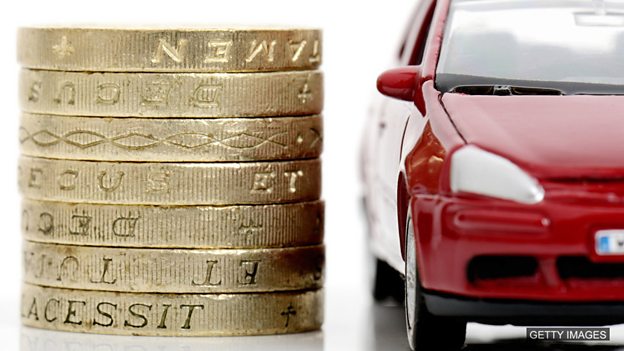内容简介
在本集节目中,菲菲和 Neil 在谈论 Rob 新买的跑车。在谈话过程中,Neil 用了“left, right, and centre”来描述一个人花钱的习惯。听节目,学习这个表达的意思和用法。
文字稿
(关于台词的备注: 请注意这不是广播节目的逐字稿件。本文稿可能没有体现录制、编辑过程中对节目做出的改变。)
Feifei
大家好,欢迎收听 BBC 英语教学的《地道英语》节目。我是冯菲菲。
Neil
And hello, I'm Neil.
Feifei
Hey Neil, I couldn't help overhearing just now but Rob says he's bought a new car?
Neil
Yes, a red one with one of those tops that folds back.
Feifei
我们的同事 Rob 买了一辆跑车!肯定特别贵。It must have cost him a fortune!
Neil
Oh, you know Rob – he spends money left, right, and centre.
Feifei
他花钱“left, right, and centre”?你的意思是他到处乱花钱?
Neil
That's right. It's a phrase that just means everywhere or all the time.
Feifei
我懂了。表达“left, right, and centre”的意思是“时时刻刻,到处,四面八方”。I suppose left, right, and centre is everywhere – in all directions.
Neil
That’s correct. And there are examples left, right, and centre – such as these.
Examples
I'm not surprised the cafe closed, it's been losing customers left, right, and centre over the past couple of years.
You can't miss that new film; they've been promoting it left, right, and centre.
Feifei
“Left, right, and centre”有时在日常对话中可以被省略地说成“left and right”或“right and left”。Actually, I want to know how Rob can afford a new sports car?
Neil
Well, our boss has been handing out bonuses left, right, and centre – he must have got a big one!
Feifei
The bonuses aren't that big. It's the bank – they're happy to give out loans left, right, and centre!
Neil
I think you may be right – anyway the good thing is he'll take us for a drive in his new car. Here he comes now…
Rob
Hi there. Jump in!
Feifei
Bye.
Neil
Bye.




